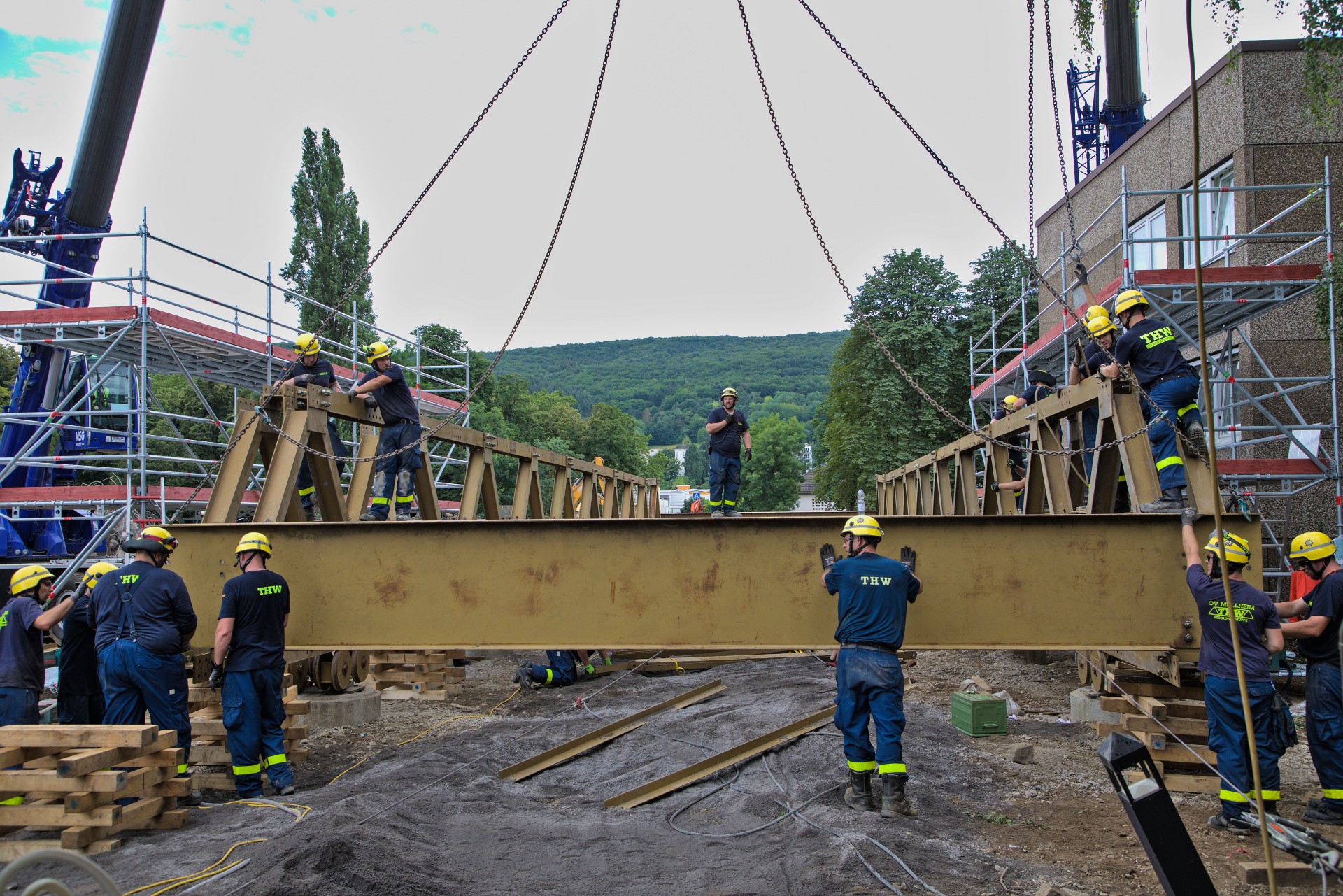When a crisis strikes in the workplace, the clarity and speed of communication can mean the difference between a calm resolution and a calamitous outcome. And when you introduce a multilingual workforce into the equation, the potential for miscommunication multiplies, and the risks escalate.
Imagine a scenario where crucial instructions are lost in translation, where warnings go unheeded due to linguistic barriers, or where the subtleties of language nuances lead to critical misunderstandings. In a world where the workforce is increasingly diverse, the intersection of language proficiency and emergency communication becomes a pivotal focus for ensuring safety.
Here, we explore the profound impact that language skills have on effective emergency communication and offer insights into how organizations can overcome language barriers to ensure a safe and responsive workplace for all employees.
The Importance of Clear Communication in Emergencies
Emergencies unfold with a swiftness that allows little room for hesitation or error. In these critical moments, the ability to convey immediate and clear instructions is paramount. The essence of emergency communication is not just in the message itself, but in the accuracy and speed with which it is delivered and understood.
The Cost of Ambiguity
Unclear messages can lead to hesitation, confusion, and delayed responses. When instructions are not crystal clear, the window for effective action narrows dangerously. The cost of such delays can be measured in property damage, financial loss, or, potentially, injuries or fatalities. For example, Forbes reports that US businesses lose up to $2 billion each year due to language misunderstandings.
The Domino Effect of Miscommunication
Communication failures can set off a domino effect of negative outcomes. Consider the impact of a fire alarm that goes unheeded because the warning was not understood, or the chaos that ensues when an evacuation order is misinterpreted due to language barriers. The consequences of such communication breakdowns are not just immediate; they can have long-lasting repercussions on the psychological and emotional well-being of the workforce.
Emergencies by their nature are unpredictable, but the communication strategies we employ in response don’t have to be! It is imperative to understand the critical nature of clear communication in these situations and the potentially dire consequences when we fail to achieve it.
The Role of Language Skills & Proficiency in Emergency Responses
Language proficiency can greatly affect the perception and understanding of emergency alerts and instructions. Inadequate language proficiency can lead to critical delays, incorrect actions, and even panic—all of which can exacerbate the emergency situation. Limited proficiency may lead to misinterpretation of the severity of an alert or misunderstanding of evacuation procedures. For example, a basic level of language proficiency might suffice for understanding a simple command like “Exit here,” but may not be adequate for comprehending a more complex instruction such as “Remain in your work area until the all-clear signal is given.”
Conversely, advanced proficiency allows individuals to not only understand detailed instructions but also to ask clarifying questions and to aid in the coordination of emergency response efforts. It enables them to be both recipients and providers of critical information, enhancing the collective response to the situation.

Strategies for Enhancing Language Skills for Emergencies
In a workplace where the stakes are high and the scenarios are unpredictable, enhancing language skills specifically for emergency situations is not just an investment—it’s a necessity. Here, we outline a few methods to assess language skills and suggest targeted training programs for your team.
Assessing Language Skills for Emergency Scenarios
Before any enhancement program can be implemented, it’s crucial to assess the current language skills of the workforce with a focus on emergency readiness. This assessment can be conducted through:
- Language Proficiency Tests: Tailored to evaluate the understanding of key terms and ability to follow instructions in an emergency context.
- Role-Playing Scenarios: To gauge real-time comprehension and verbal communication skills under stress.
- Skill Gap Analysis: To identify specific areas where improvement is needed, such as comprehension of oral commands or reading safety signs.
Training Programs: Beyond Basic Communication
Once the assessment is complete, training programs can be designed to address the identified gaps. These programs should concentrate on:
- Key Phrases and Vocabulary: Focused sessions on emergency-related language, including alarms, instructions, and safety protocols, ensuring these are understood across all proficiency levels.
- Visual Aids and Signage: Utilizing universal symbols and multilingual signage can bridge the gap where language proficiency falls short.
- Language Learning Programs: Language learning programs can offer personalized and scalable solutions for workers to improve their language skills at their own pace.
- Reinforcing Learning: Providing practical experience in using emergency language skills.
- Interdepartmental Coordination: Facilitating understanding across different areas of the workforce, which is often composed of a mix of native and non-native speakers.
By employing thorough assessments and targeted training, organizations can significantly enhance the language proficiency of their workforce for emergency scenarios. This proactive approach ensures that when an emergency does occur, language barriers are minimized, allowing for a cohesive and efficient response that could save lives and property.
Language Learning for Emergency Preparedness
Babbel for Business has revolutionized the way people learn new languages. Our platform is tailored to:
- Customized Safety Content: We offer specialized modules focused on safety, including vocabulary, phrases, and dialogues specific to different types of workplace crises.
- Interactive Learning: Our blended learning method is structured to make the learning process engaging, which leads to better retention of language content.
- On-Demand Accessibility: Employees can learn at their own pace and on their own time, ensuring continuous improvement in language skills.
The Takeaway
Language proficiency is a necessity in emergency communication. The ability to understand and be understood can drastically alter the outcome of crisis situations, turning potential chaos into coordinated action. Assessing language skills and investing in targeted training and development programs are essential steps in fostering an environment where communication barriers are dismantled and safety is paramount.
If you’re ready to take the next steps to keep your employees safe on the job, visit babbelforbusiness.com to learn more. Together, we can ensure that when an emergency arises, your communication is ready, responsive, and understood by all.




